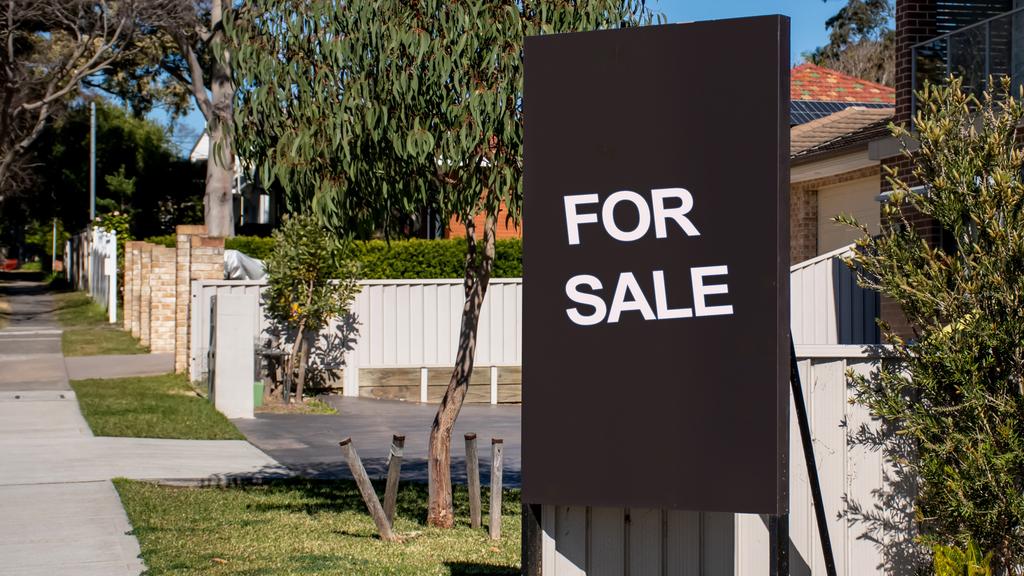
House prices in Sydney have surged dramatically over the past three decades, with some suburbs experiencing increases of up to 15 times since 1995. According to exclusive data from PropTrack, factors such as monetary policy changes, rapid population growth, and housing shortages have significantly contributed to this steep rise in property values.
The suburb of Glenwood, located in the Blacktown area, has seen the most substantial growth, with the median dwelling price reaching $1.69 million. This figure marks a staggering increase from just $113,000 in 1995. The data highlights how the Sydney housing market has evolved and why affordability is a persistent issue for many residents.
Key Trends in Sydney’s Housing Market
Ray White’s senior data analyst, Atom Go Tian, noted that the suburbs with the highest growth are situated at both ends of the price spectrum. The western suburbs, which were once considered affordable, have been heavily developed, while eastern suburbs, already expensive in the 1990s, have seen their desirability only increase. For instance, suburbs such as Cecil Hills and Mount Annan in the southwest have also witnessed price increases of around 14 times since 1995.
Eastern suburbs, including Bronte, Clovelly, and Bellevue Hill, have recorded growth rates between 11 and 13 times their 1995 prices. Go Tian emphasized that the rapid growth in the western suburbs can be attributed to their transformation from semi-rural areas to fully developed urban centers. In contrast, the eastern suburbs reflect a sustained demand due to their attractive locations.
Economist Angus Moore from REA Group pointed out that several factors have fueled these extreme price rises. Gentrification, redevelopment, and an influx of higher-income buyers have all played a role. He highlighted that while some areas have become even more desirable, others are seeing residents move to more affordable regions.
Challenges of Supply and Demand
Moore observed that the housing supply in Sydney has not kept pace with the population growth, leading to increased prices. He referenced the city’s unique situation, stating, “Sydney loses more people than the rest of the country. Young families are frequently leaving for more affordable markets. Despite this headwind, the Sydney population is still growing because it attracts high overseas migration.”
The Reserve Bank of Australia (RBA) has also influenced the market through monetary policy. The cash rate peaked at 17.5 percent in early 1990, but steadily declined to a historic low of 0.1 percent in 2021. Moore indicated that the structural decline in interest rates has been a significant factor in the price increases over the past 30 years, but he does not expect such growth levels to continue.
Brenda Corrigan, a resident of Glenwood, recently sold her home after 23 years for just over $2 million. She purchased the property for around $350,000 in 2002 and expressed her surprise and gratitude over the substantial return on her investment. “We just moved into the area because we wanted to build our own home,” she said, reflecting on the community’s development.
The selling agent, Shiv Nair of Ray White United Group, has witnessed the area’s transformation firsthand over his 13 years in the role. He noted that buyers priced out of surrounding suburbs are increasingly looking to Glenwood for better value, further driving demand.
As Sydney continues to grapple with significant housing affordability challenges, the trends observed in these suburbs offer valuable insights into the complex dynamics of the property market. The interplay of supply, demand, and economic factors will likely shape the future of home prices in the region.






